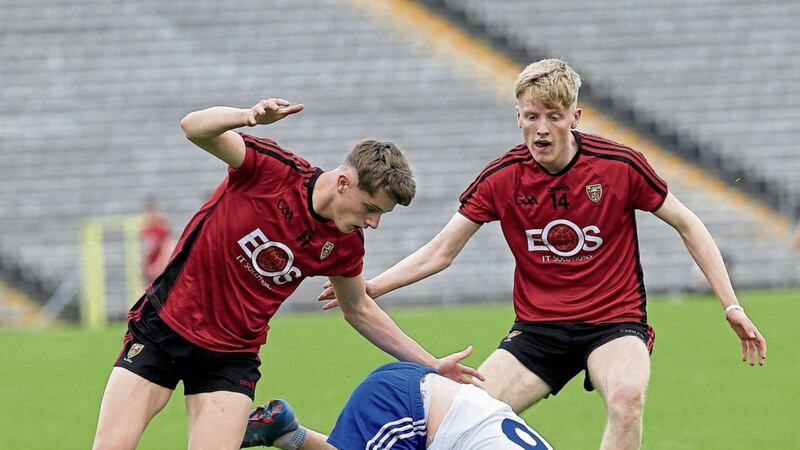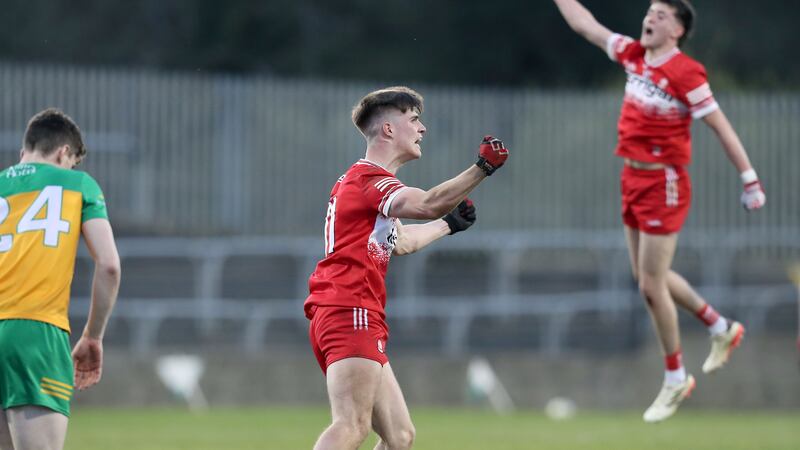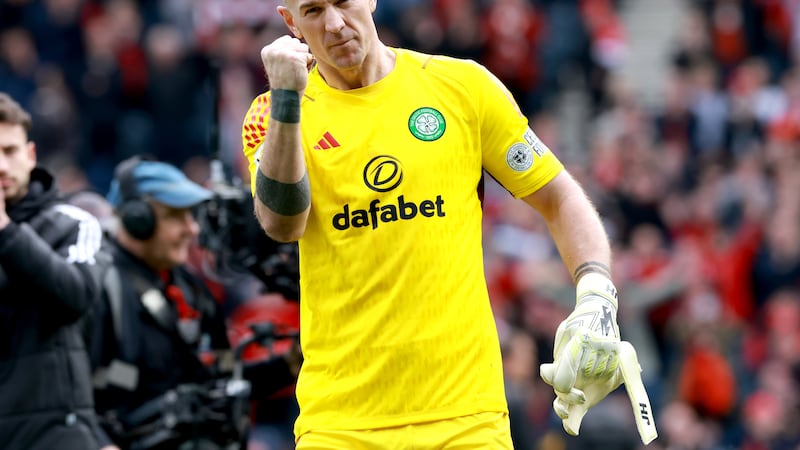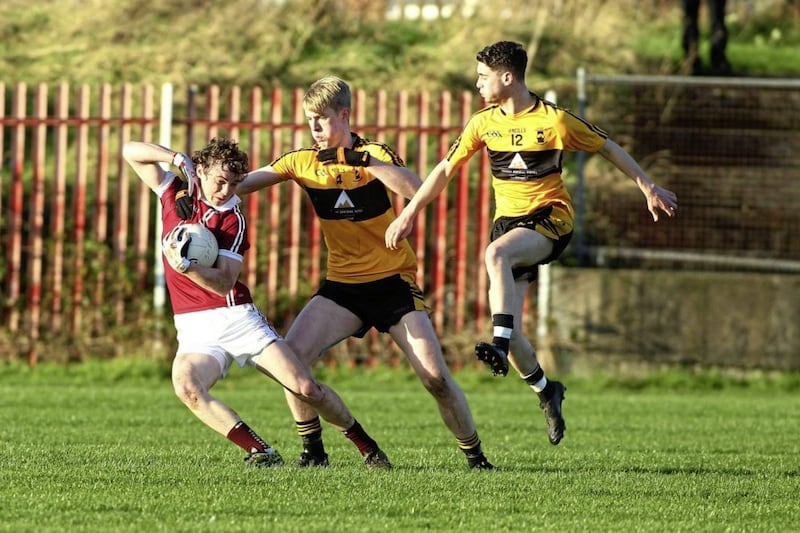I REMEMBER the summer of 1988 being distinctly warm and dry. It was the first time I saw Joey Cunningham terrorise the Fermanagh defence, with his blistering pace rendering me truly stunned in amazement and beaming with pride.
It was also the first time I saw Houlie [Gerard Houlihan] test the structural integrity of the wire enclosure in the Athletic Grounds after blasting home from close range against Donegal goalkeeper Gary Walsh.
Houlie stood the test of time – so too did the fence.
Being a child, my best memories of that year are from playing in my cousin’s house in Monug. There was a small half-acre field opposite my uncle’s house. He kept two donkeys there – a brown one and a white one.
It was rough terrain, marshy in places with thick bunches of rushes – ideal pickings every first of February. In other patches there were mounds of soil overgrown with nettles.
This particular summer we had great craic trying to ride the donkeys bareback.
It’s not as easy as it may seem. The donkey may well be burdened with carrying a cross on its back, but I can assure you they are not saintly.
The brown donkey was particularly tricky. He would stand calmly to permit an orderly mount and would always commence with a steady trot.
As he made his way round the outer edge of the field, however, he would stubbornly veer off course when he spotted the mound of nettles and, with pace gathering, would suddenly slam on the brakes, lower his neck and toss the jockey off into the nettles. Ordinarily, one experience of a full-body stinging, burning sensation is sufficient deterrent, but not in Monug.
The first time we were thrown off, our uncle insisted on us remounting and repeating the experience until we managed to remain on the donkey or avoid the nettles as we fell.
In hindsight, the lesson wasn’t to learn how to ride the donkey, it was to learn from the experience and not to dwell on the incident.
I attended two matches over the past week in which two young men received serious injuries. In the first, the young lad was mauled in the opposing square before laying off the ball for his team-mate to score a goal. It was reminiscent of the same 1988 game between Armagh and Donegal when Jim McConville was almost decapitated before passing the ball to Houlie who was then awarded a penalty.
Both Jim and this young man were able to shake off the tackle with the aid of the magic water sponge and rejoin the play.
In another incident a young man was seriously injured, resulting in the game being abandoned and an admission to hospital.
Thankfully he returned home to his own bed to rest with medical advice.
When serious injuries or collisions occur, the value of medically-trained personnel cannot be overstated.
Good professionals quickly take charge and make safe decisions. It is the right thing to do.
A lot of progress in sports medicine has occurred in the past 30 years.
Back then, the prevailing thought was that players should get back onto their feet and continue playing irrespective of how badly hurt they may be. There was a ‘hard man’ image to uphold. Nowadays, the decision is with a medical professional who makes a logical clinical decision devoid of emotion.
Player welfare is paramount. Every team employs a physiotherapist for games. Some are fortunate to have medical back-up from a local GP with particular interest in sports medicine. Their participation is priceless in times of need.
This is a welcome development which I wouldn’t want to change, however, there are times when I harbour for injured players to show some desire to play on, shake off the tackle and get back involved in the game – to get back on the donkey.
In underage competitions you can often see kids who are physically tough. Their desire to compete, to win the ball, to please their manager and parents often dampens the pain they may be feeling.
Parental phrases such as, ‘get up, you’ll be fine’ or ‘if you get hurt don’t come crying to me’ can develop resilience in kids, but can also reinforce protective mechanisms which restrict their total commitment to winning the ball. No-one ever said it was easy being a parent.
If the latter scenario arises, the likelihood of receiving a serious injury significantly increases. If players commit fully to the ball or to the tackle with honest endeavour, they prepare their body for impact and they often ride the tackle or avoid it altogether. Any knock received often quickly vanishes; any enduring injury is accidental and unfortunate.
Young men must be committed to each tackle whether they have the ball or are in pursuit of it.
This is the first golden rule of tackling. During one of my first county training sessions as an 18-year-old I collided with Houlie and landed heavily on my backside.
Houlie reached out his hand to pick me up and, in doing so, said ‘next time get there quicker Mac’. That was his way of telling a young player to get up, get back in the game and to learn the lesson.








